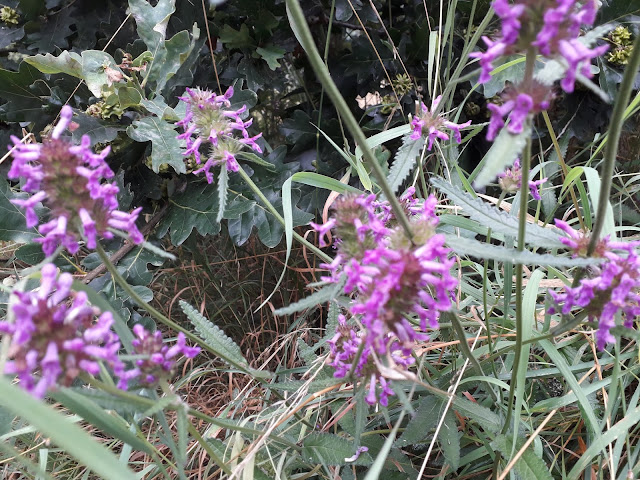The favourite branch of wildlife watching is birds. Birds helpfully are about in the day and make a fair bit of noise. More people express an interest in them than flowers or insects or trees. Next come mammals but unfortunately they are mostly rather elusive and frequently nocturnal. To study mammals you have to look for tracks, poos and other traces.
I was lucky the other day to startle a fox at Filnore. It rushed off before I could take a photo.
A couple of weeks ago somebody's dog helpfully unearthed a dead shrew. Apparently shrews taste rather unpleasant so whoever killed it decided not to eat it. You can tell it's a shrew from the long snout.
More visible from underneath
We have grey squirrels which get rather active and vocal in late summer. One clear sign of their presence is hazel nut shells cracked in half. Other rodents make holes in the shell and eat decorously but squirrels just rip the nuts apart.
Somebody has been scraping the soil to get at plant roots.
A closer look shows that it is rabbits' work.
We have not had many rabbits for a few years. This was probably due to Rabbit Viral Haemorrhagic Disease 2 (RVHD2) which arrived in the UK in 1992.
If they are making a comeback it is a mixed blessing: on the one hand they are an attractive wildlife species to watch and they help to keep the grass short; on the other hand they strip the bark of young trees, and they are not welcomed by our farming neighbours because of their liking for arable crops.

















































